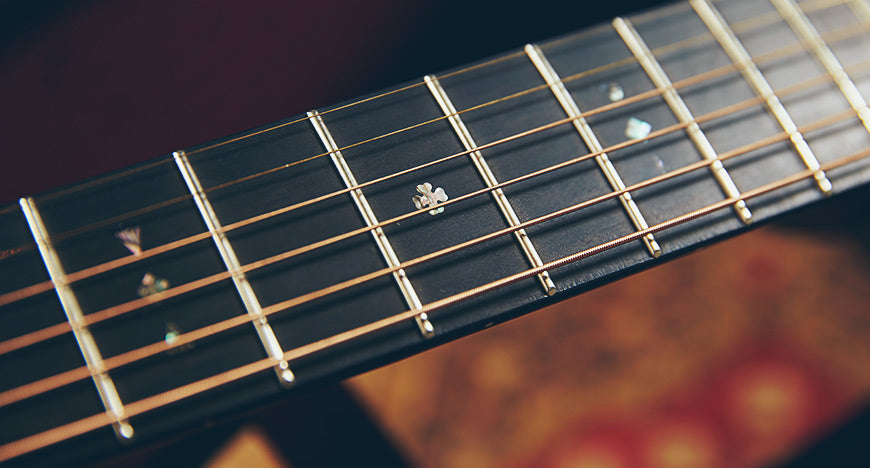Setting Up Your Guitar - Restringing

Re-stringing your guitar is a task all guitar players will come across at some point - and its actually easier than some might think! Here's a basic rundown of how we do it - if you have any queries about re-stringing your own guitar just give us a call here at the shop!
Note: These instructions relate to most solid body and semi-acoustic guitars, but some models will differ slightly in terms of the type of machine heads they have, or the way the strings go through the bridge etc. Floyd Rose equipped guitars are re-strung differently as well - this is covered in another section.
1. Before you start - make sure you have everything you'll need to change your strings. A new set of strings is the obvious one, but to make life easier, a couple of handy tools to have are a set of wire cutters to trim the ends of your new strings and a string winder to wind your new strings on quickly and easily (both pictured below). A guitar tuner is also essential.
2. Using your string winder, loosen off your old strings so they are no longer under tension. At this point if you think you won't remember how they are meant to go back on - change one string at a time so you can use the other strings as a guide. Using your wire cutters, cut the old strings in half around the 12th fret. Next, unwind the old strings from the machine heads. Then thread the other half of the string out through your bridge.
3. Now you are left with a stringless guitar! Grab your new pack of strings - each string should be labelled or colour coded so you know which is which. Remember - the 1st string is the thinnest one, and the 6th string is the thickest.
4. Unwrap your E 6th string (thickest) and unwind it. You'll notice that one end of the string has a metal ball on it. This is what holds the string in your bridge. Take the other end of the string and thread it through your bridge, up over your saddle and up towards your machine heads. Thread the string straight through the hole in your machine head.
5. Flatten your hand and place it upright under the string at the 12th fret. This will give you the proper amount of winds around your machine head. Too many and you decrease sustain, too little and your guitar will not hold tune. The gap from string to fretboard should be about a hand space, or around 10cm.
6. Guiding the string near where it goes through the hole in your machine head, begin to wind it on with your string winder. For guitars with 3-a-side machine heads (such as Les Pauls), your string should always go around the machine head from the inside to the outside of the headstock. In other words - to the left for the E6, A5 and D4 strings, and to the right for the G3, B2 and E1 strings. For guitars with 6-in-line machine heads (Strat/Tele etc) your string should always start on the inside and go to the left. If you're unsure of how this works - have a look at your strings before you change them as a guide. Your string windings should also always start at the hole in the machine head and work their way down.
7. Once you have wound the string to a point where it starts to make a 'note', grab your guitar tuner and tune it up. Be careful not to over tune the string or it'll snap under too much tension. Once you have all your new strings on and tuned up, carefully and gently stretch each one a little, then re-tune your guitar. This will help the strings settle in and hold tune better. Once you've done this, snip the ends of your new strings off and you're ready to rock once again!